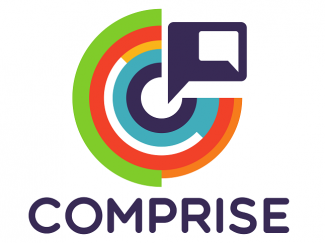
The COMPRISE Speech to Text Translation is now publicly available. The COMPRISE Speech-to-Text Translation combines Speech-to-Text and Machine Translation in a smart manner in order to allow every user to speak his/her own language when interacting with a dialogue system that internally uses a different language.
Main features
Traditionally, adding a new language to a dialogue system would have required the internal design to also be modified to match the new language since the quality of “Machine Translation of Speech-to-Text output” was not adequate for the dialogue system to understand the user input.
To meet the objectives of the project, Translation Memory-sharing platform will be created, where TMs are shared directly among Public Administrations, LSPs and professional linguists working on translations for the public sector. Since the project is still ongoing, NEC TM Platform is in test version. However, free flow of translation memory and public administration-generated data has proven to optimize translation costs at national levels and across the EU since the TM can be used to translate repeated and similar texts. The NEC TM DATA platform features full text analysis, fuzzy matches and CAT-tool integration. The platform integrates, utilizes and enhances the CEF eTranslation platform for national and European digital services.
With less translation errors, it becomes possible to use automated translation within the system pipeline and broaden the capabilities of the dialogue system.
Business impact
COMPRISE Speech-to-Text-Translation will enable businesses to quickly develop multilingual voice-enabled services in multiple languages; allowing more citizens to interact verbally with contents and services that are only available in languages other than their own. For technology providers this will be an alternative lower cost solution to the traditional way of adding new languages for their voice-enabled systems and help integrate more users into their services